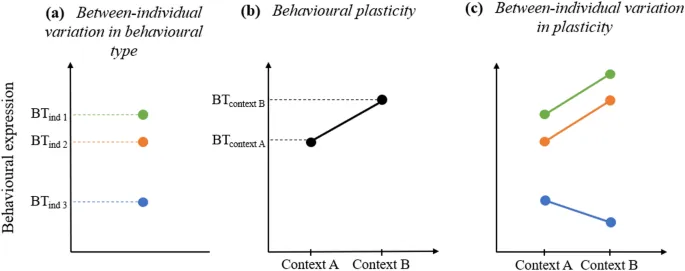
Unlocking the Secrets of Chimpanzee Communication: A Multimodal Approach
2025-09-09
Author: Wei
Exploring the Evolution of Communication in Chimpanzees
For decades, understanding the evolutionary foundations of human language has intrigued researchers. While humans have a unique way of communicating, great apes like chimpanzees serve as vital models for studying communication's evolution, showcasing remarkable flexibility in how they signal and interpret messages.
Communication Flexibility: More Than Just Sounds
Human communication is characterized by its adaptability, a trait that also appears among great apes. Chimpanzees, gorillas, orangutans, and bonobos demonstrate sophisticated communication strategies that adjust based on the social context, audience, and past interactions. These communication systems allow them to achieve various social goals through diverse signals, indicating a nuanced understanding of their surroundings.
The Importance of Multimodal Communication
Language is inherently multimodal, involving multiple channels of communication such as gestures and vocalizations. However, research on primate communication has often focused on either gestures or vocalizations in isolation. A holistic understanding requires considering how different modalities interact—just like in humans, where our comprehension of speech often relies on combined auditory and visual cues.
The Role of Individual Variation
Most studies on primate communication have largely overlooked individual variations, treating differences among individuals as mere noise. Yet, these distinctions are crucial, as they can shape social dynamics and survival strategies within the species. Recognizing the impact of personal traits can enhance insights into the evolution of social behaviors.
A Closer Look at Chimpanzees
This study examines how adult chimpanzees in different environments—zoos versus sanctuaries—exhibit variations in their communication strategies. With a focus on both the production and perception of communication, researchers identified various multisensory (MS) and multicomponent (MC) signal types to uncover deeper insights into their expressive behaviors.
Findings: How Environment Influences Communication
The study revealed that chimpanzees in sanctuaries used more complex strategies compared to their zoo counterparts, likely due to environmental differences that fostered greater need for nuanced communication. Female chimpanzees also showed higher usage of MC acts when compared to males, suggesting that social dynamics impact communicative strategies.
Behavioral Flexibility Among Individuals
Moreover, individual chimpanzees displayed differing degrees of adaptability in their communication, particularly with multisensory strategies. This flexibility suggests an intricate network of social relationships where communicating effectively is essential. Some individuals were inclined to adjust their signals more readily based on the context, highlighting the personal touch in their interactions.
Implications for Understanding Human Communication
These findings shed light on the roots of communication and social behavior not just in primates but potentially in human evolution as well. The parallels in communicative flexibility, particularly under social pressures, may reflect shared evolutionary traits, enriching our understanding of both species' communication.
Conclusion: Towards a Comprehensive Approach
In conclusion, the study emphasizes the necessity of adopting a multimodal perspective in understanding primate communication. By acknowledging individual and environmental factors, researchers can gain deeper insights into the complexity of communication strategies—not only among chimpanzees but also within the broader scope of understanding human social interactions.



 Brasil (PT)
Brasil (PT)
 Canada (EN)
Canada (EN)
 Chile (ES)
Chile (ES)
 Česko (CS)
Česko (CS)
 대한민국 (KO)
대한민국 (KO)
 España (ES)
España (ES)
 France (FR)
France (FR)
 Hong Kong (EN)
Hong Kong (EN)
 Italia (IT)
Italia (IT)
 日本 (JA)
日本 (JA)
 Magyarország (HU)
Magyarország (HU)
 Norge (NO)
Norge (NO)
 Polska (PL)
Polska (PL)
 Schweiz (DE)
Schweiz (DE)
 Singapore (EN)
Singapore (EN)
 Sverige (SV)
Sverige (SV)
 Suomi (FI)
Suomi (FI)
 Türkiye (TR)
Türkiye (TR)
 الإمارات العربية المتحدة (AR)
الإمارات العربية المتحدة (AR)